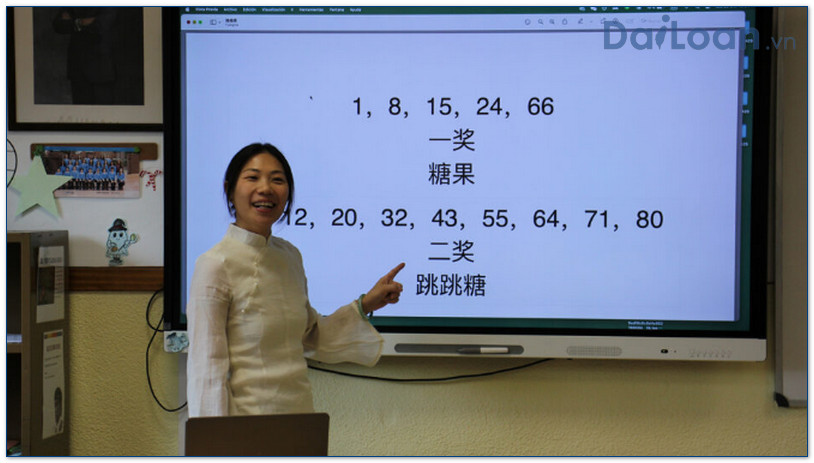The Chinese term 體悟 (tǐ wù) combines deep philosophical and practical implications. Mastering its meaning and application can enrich your command of the Chinese language. In this article, we will delve into the essence of 體悟, dissect its grammatical structure, and provide practical examples to illustrate its usage. Whether you are a language enthusiast or a scholar, understanding 體悟 will enhance your appreciation of Chinese culture and language.
Understanding 體悟 (tǐ wù): The Meaning
At its core, 體悟 can be translated as “to comprehend through experience.” The first character 體 (tǐ) signifies “body” or “form,” often implicating the physical or experiential aspect of knowledge. The second character 悟 (wù) conveys “to realize” or “to awaken.” Together, 體悟 emphasizes a profound understanding that comes from direct experience rather than mere theoretical knowledge.
(wù) conveys “to realize” or “to awaken.” Together, 體悟 emphasizes a profound understanding that comes from direct experience rather than mere theoretical knowledge.
In the Chinese philosophical context, 體悟 relates closely to enlightenment. This term is often used in discussions surrounding concepts from various schools of thought, particularly Buddhism and Daoism, where understanding requires personal experience and introspection.
Cultural Significance of 體悟
In Chinese culture, the idea of 體悟 resonates deeply during personal growth journeys. It signifies not just an intellectual grasp of concepts but also an emotional and spiritual awakening that influences how individuals perceive their surroundings and relationships. Recognizing and embodying 體悟 can lead to deeper empathy and wisdom, qualities highly valued in Chinese philosophy and tradition.
Grammatical Structure of 體悟
Understanding the grammatical structure of 體悟 is crucial for mastery over its usage. In its constituent parts, both characters function within phrases and sentences in a similar manner.
Breakdown of Characters
- 體 (tǐ): This character can serve as both a noun and verb, indicating ‘body’ or ‘form,’ and can also mean to experience or embody something.
- 悟 (wù): Generally functions as a verb meaning ‘to realize’ or ‘to understand.’ Used across various contexts, this character introduces the aspect of cognitive awareness.
Phrase Structure
In terms of usage, 體悟 typically appears in a variety of grammatical constructions, often serving as a verb phrase. For example, one might express a realization by stating:
- 我體悟到… (wǒ tǐ wù dào…): “I realized that… “
Example Sentences Using 體悟
To further understand how 體悟 operates within the context of conversation and literature, here are several examples that illustrate its usage:
Basic Usage
- 我在這次旅行中真正體悟到友誼的重要性。
- (Wǒ zài zhè cì lǚxíng zhōng zhēnzhèng tǐwù dào yǒuqí de zhòngyào xìng.)
 “During this trip, I truly realized the importance of friendship.”
“During this trip, I truly realized the importance of friendship.” - 老師希望我們能夠體悟到學習的樂趣。
- (Lǎoshī xīwàng wǒmen nénggòu tǐwù dào xuéxí de lèqù.) “The teacher hopes that we can appreciate the joy of learning.”
Philosophical Context
- 她的演講讓我對生活有了更深的體悟。
- (Tā de yǎnjiǎng ràng wǒ duì shēnghuó yǒule gèng shēn de tǐwù.) “Her speech gave me a deeper understanding of life.”
- 在那次冥想中,他體悟到了內心的平靜。
- (Zài nà cì míngxiǎng zhōng, tā tǐwù dàole nèixīn de píngjìng.) “During that meditation, he realized the tranquility within his heart.”
Conclusion: Embracing 體悟 in Daily Life
In summary, 體悟 (tǐ wù) encapsulates a powerful theme of understanding through experience. By grasping its meaning, grammatical structure, and practical applications, learners can appreciate the depth of this term. Embracing the concept of 體悟 can lead to more meaningful interactions and reflections in one’s personal and professional life. Whether you are a student of language or a seeker of wisdom, incorporating 體悟 into your mindset can enrich your journey.

Sứ mệnh của Chuyên là giúp đỡ và truyền cảm hứng cho các bạn trẻ Việt Nam sang Đài Loan học tập, sinh sống và làm việc. Là cầu nối để lan tỏa giá trị tinh hoa nguồn nhân lực Việt Nam đến với Đài Loan và trên toàn cầu.
CÓ THỂ BẠN QUAN TÂM
Du học Đài Loan
Lao Động Đài Loan
Việc Làm Đài Loan
Đơn Hàng Đài Loan
Visa Đài Loan
Du Lịch Đài Loan
Tiếng Đài Loan
KẾT NỐI VỚI CHUYÊN
Zalo: https://zalo.me/0936126566
Website: www.dailoan.vn




